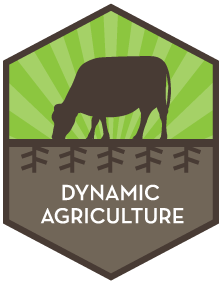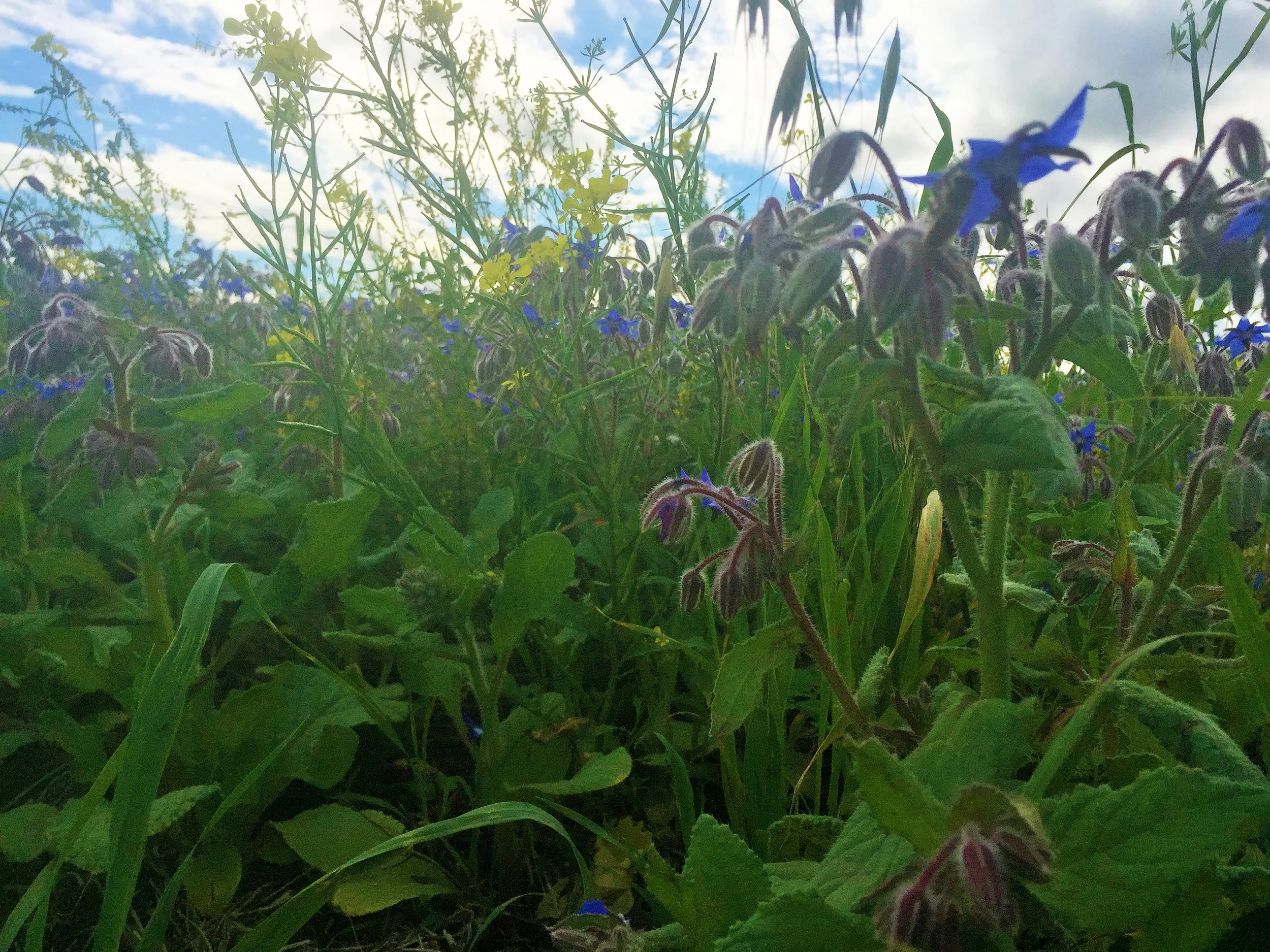Biological Farming- is an approach to food and fiber production that respects the natural processes in the farm or garden ecosystem in order to yield top quality products, provide a viable living for the producer, and sustain long-term productivity
Carbon Farming- is simply farming in a way that reduces Greenhouse Gas emissions or captures and holds carbon in vegetation and soils. It is managing land, water, plants and animals to meet the Triple Challenge of Landscape Restoration, Climate Change and Food Security
Cover Crop- a crop grown for the protection and enrichment of the soil. Three types of cover crops:
-Grasses- Their fine, fibrous root systems hold soil in place (ex. rye, oats, barley, corn)
-Legumes- These fix nitrogen from the air using a symbiotic relationship with bacteria found in the soil and on freshly inoculated seeds. They also protect from erosion, and add organic matter to the soil. (ex. red clover, alfalfa, sweet clover, hairy vetch, field peas, soybeans.)
-Non-Legume Broadleaves- Great for green manure crops, providing a different type of root for soil building. (ex. buckwheat, brassicas, oilseed radish)
Mob Grazing Start with a high stock density for a short period of time, allow for ample recovery of the plants, and you might yield some impressive pasture results.
Polyculture- Agriculture using multiple crops in the same space, in imitation of the diversity of natural ecosystems, and avoiding large stands of single crops.
Regenerative Farming- is a sub-sector practice of farming designed to build soil health or to rejuvenate unhealthy soils.

